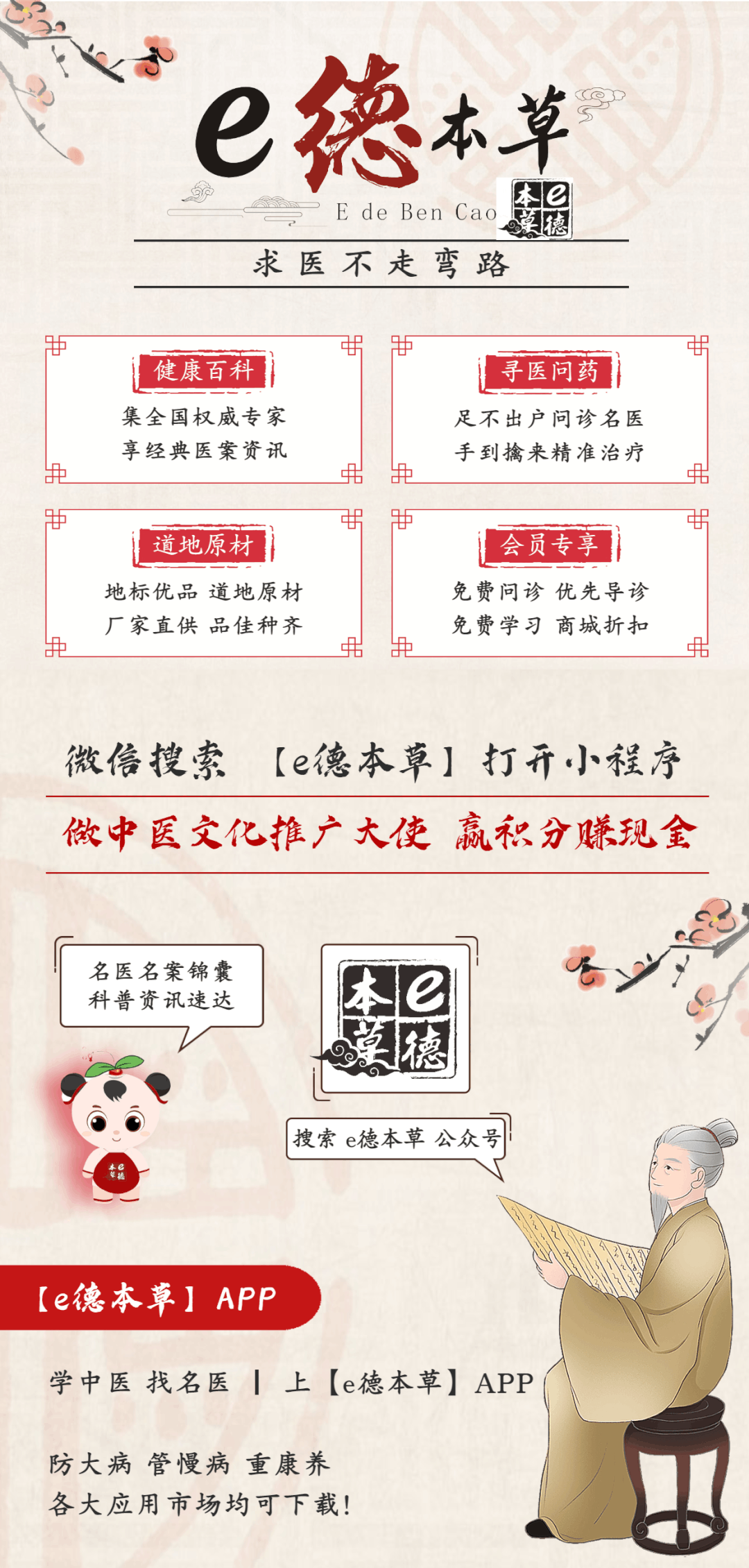In the original mountains and rivers, every grass and tree has its purpose. Every plant in nature is a gift to humanity. We may pay more attention to flowers and herbs, but we often overlook the many miraculous uses of the wildflowers and grasses by the roadside.Perhaps you have seen many of them but do not know their names. Today, let us take a look at the medicinal herbs that grow around us.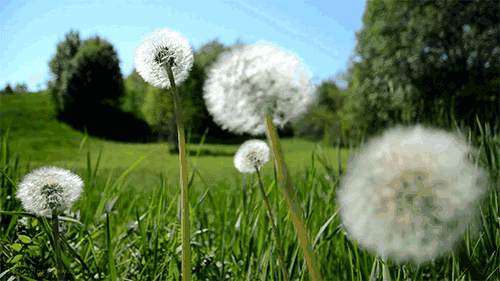
 「
「
Medicinal Herbs
」The exploration of medicinal herbs by the Chinese people has a history of thousands of years. Legend has it that Shennong tasted hundreds of herbs and pioneered medicine, earning him the title of “Herb Emperor”.Traditional Chinese medicine (TCM) mainly consists of herbal medicines (roots, stems, leaves, fruits), animal medicines (internal organs, skins, bones, organs, etc.), and mineral medicines. Since herbal medicines make up the majority of TCM, it is also referred to as traditional herbal medicine. Currently, there are about 5,000 types of herbal medicines used across various regions, and the number of formulas created by combining different medicinal materials is countless.The application theory of TCM is quite unique. TCM has four qi (energies) and five flavors. The four qi, also known as four natures, refer to the cold, hot, warm, and cool properties of herbs. The five flavors refer to the pungent, sour, sweet, bitter, and salty tastes of medicines. The different qi and flavors of medicinal herbs lead to various therapeutic effects.However, all medicines have some toxicity; without professional guidance, one should not attempt to use them on their own to avoid problems. Only under the guidance of a professional doctor can the magical powers of herbs be fully realized! Let’s take a look at the medicinal herbs around us!Plantago (Che Qian Cao)Plantago is highly adaptable and can be found everywhere from the mountains and fields to the roadsides and riverbanks in China. It has a sweet taste and a cold nature. It has diuretic, heat-clearing, vision-improving, and phlegm-expelling effects.It is primarily used for urinary obstruction, cloudy urine, leukorrhea, hematuria, jaundice, edema, dysentery, diarrhea, nosebleeds, red and swollen eyes, throat obstruction, cough, and skin ulcers.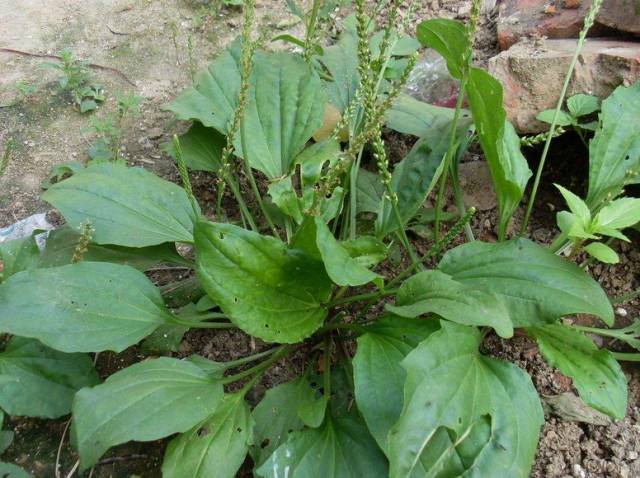 Honeysuckle (Jin Yin Hua)Honeysuckle blooms in March, with five petals and a slight fragrance. The flower starts white and turns yellow after a day or two, hence the name Honeysuckle. It is also known as “Mandarin Duck Vine” due to its paired flowers resembling a couple dancing together.Honeysuckle has been praised since ancient times as an excellent medicine for clearing heat and detoxifying. It has a sweet and cold nature, is aromatic, and clears heat without harming the stomach. It can disperse wind-heat and effectively detoxify blood, making it useful for various febrile diseases such as fever, rashes, and sore throats.
Honeysuckle (Jin Yin Hua)Honeysuckle blooms in March, with five petals and a slight fragrance. The flower starts white and turns yellow after a day or two, hence the name Honeysuckle. It is also known as “Mandarin Duck Vine” due to its paired flowers resembling a couple dancing together.Honeysuckle has been praised since ancient times as an excellent medicine for clearing heat and detoxifying. It has a sweet and cold nature, is aromatic, and clears heat without harming the stomach. It can disperse wind-heat and effectively detoxify blood, making it useful for various febrile diseases such as fever, rashes, and sore throats.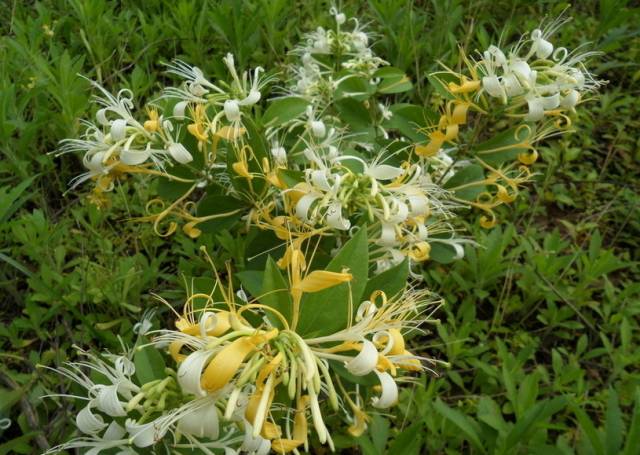 Dandelion (Pu Gong Ying)Dandelion is a perennial herb in the Asteraceae family. Its seeds have a white crown that forms a fluffy ball, and after blooming, they disperse with the wind to new places to nurture new life.Dandelion contains various healthy nutrients such as taraxasterol, taraxinic acid, and choline, which have diuretic, laxative, jaundice-reducing, and bile-promoting effects. It also contains proteins, fats, carbohydrates, trace elements, and vitamins, making it a nutritious plant that can be eaten raw, stir-fried, or made into soup.
Dandelion (Pu Gong Ying)Dandelion is a perennial herb in the Asteraceae family. Its seeds have a white crown that forms a fluffy ball, and after blooming, they disperse with the wind to new places to nurture new life.Dandelion contains various healthy nutrients such as taraxasterol, taraxinic acid, and choline, which have diuretic, laxative, jaundice-reducing, and bile-promoting effects. It also contains proteins, fats, carbohydrates, trace elements, and vitamins, making it a nutritious plant that can be eaten raw, stir-fried, or made into soup. Duckweed (Ya Zhi Cao)Also known as Orchid Grass or Bamboo Leaf Grass, it has rare blue flowers. It is harvested in summer and autumn and dried.It is used for colds and fevers, thirst due to heat, sore throats, edema with reduced urination, painful urination, and boils.
Duckweed (Ya Zhi Cao)Also known as Orchid Grass or Bamboo Leaf Grass, it has rare blue flowers. It is harvested in summer and autumn and dried.It is used for colds and fevers, thirst due to heat, sore throats, edema with reduced urination, painful urination, and boils. Chai Hu (Bupleurum)Chai Hu has a slightly cold nature, a bitter and pungent taste, and enters the liver, lung, and spleen meridians. It functions to release the exterior, drain heat, soothe the liver, and uplift yang qi. It is used for colds and fevers, alternating chills and fever, malaria, liver qi stagnation, chest and rib distension, prolapse of the rectum, uterine prolapse, and irregular menstruation.
Chai Hu (Bupleurum)Chai Hu has a slightly cold nature, a bitter and pungent taste, and enters the liver, lung, and spleen meridians. It functions to release the exterior, drain heat, soothe the liver, and uplift yang qi. It is used for colds and fevers, alternating chills and fever, malaria, liver qi stagnation, chest and rib distension, prolapse of the rectum, uterine prolapse, and irregular menstruation.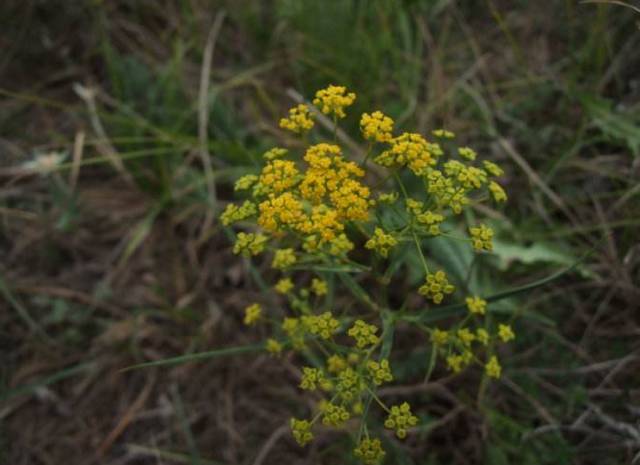 Mai Dong (Ophiopogon)Mai Dong has a sweet and slightly bitter taste, and a slightly cold nature. It enters the heart, lung, and stomach meridians. It nourishes yin, generates fluids, moistens the lungs, and clears the heart. It is used for dry cough due to lung dryness, yin deficiency cough, sore throat, thirst due to internal heat, insomnia, and constipation.
Mai Dong (Ophiopogon)Mai Dong has a sweet and slightly bitter taste, and a slightly cold nature. It enters the heart, lung, and stomach meridians. It nourishes yin, generates fluids, moistens the lungs, and clears the heart. It is used for dry cough due to lung dryness, yin deficiency cough, sore throat, thirst due to internal heat, insomnia, and constipation.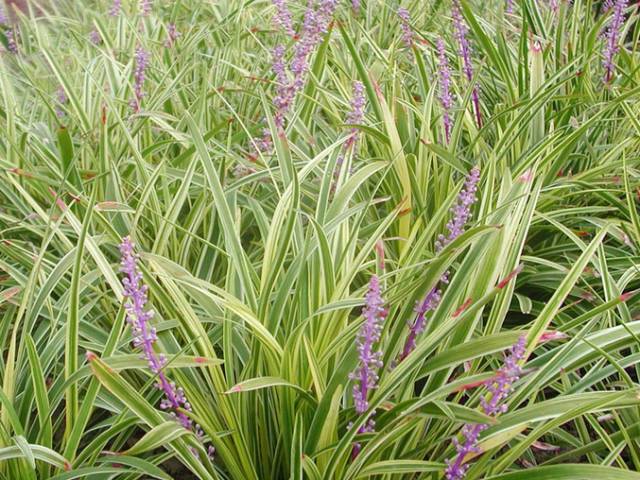 Yao Zhu (Polygonatum)Yao Zhu nourishes yin, moistens dryness, alleviates restlessness, and quenches thirst. It is used for febrile diseases with yin injury, cough with thirst, heat exhaustion, frequent urination, and thirst.
Yao Zhu (Polygonatum)Yao Zhu nourishes yin, moistens dryness, alleviates restlessness, and quenches thirst. It is used for febrile diseases with yin injury, cough with thirst, heat exhaustion, frequent urination, and thirst. Jue Ming Zi (Cassia Seed)The seeds can be used as a medicinal herb, known for their ability to improve vision. The commonly mentioned Jue Ming Zi tea is made from it. The seeds are harvested in autumn, dried, and cleaned. Jue Ming Zi has a bitter, sweet, and salty taste, a slightly cold nature, and enters the liver, kidney, and large intestine meridians. It moistens the intestines, lowers lipids, and improves vision, treating constipation, hyperlipidemia, and hypertension.
Jue Ming Zi (Cassia Seed)The seeds can be used as a medicinal herb, known for their ability to improve vision. The commonly mentioned Jue Ming Zi tea is made from it. The seeds are harvested in autumn, dried, and cleaned. Jue Ming Zi has a bitter, sweet, and salty taste, a slightly cold nature, and enters the liver, kidney, and large intestine meridians. It moistens the intestines, lowers lipids, and improves vision, treating constipation, hyperlipidemia, and hypertension.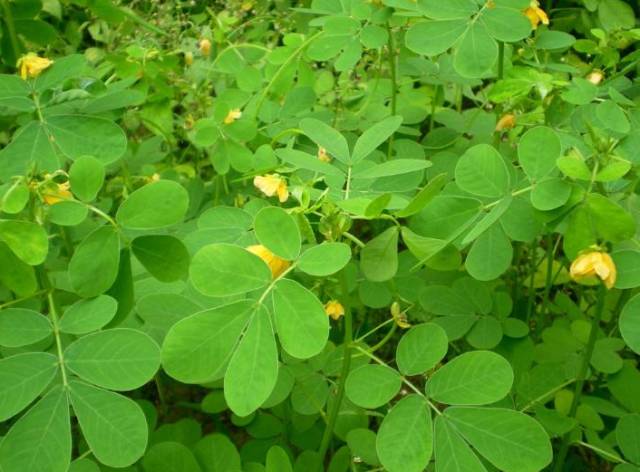 Snake Bed (She Mei)This herb has a cooling effect and is used to clear heat and detoxify, promote blood circulation, and stop bleeding. It is also used for snake bites and to treat boils. It is important to note that Snake Bed has slight toxicity, but consuming it in small amounts is generally safe.
Snake Bed (She Mei)This herb has a cooling effect and is used to clear heat and detoxify, promote blood circulation, and stop bleeding. It is also used for snake bites and to treat boils. It is important to note that Snake Bed has slight toxicity, but consuming it in small amounts is generally safe.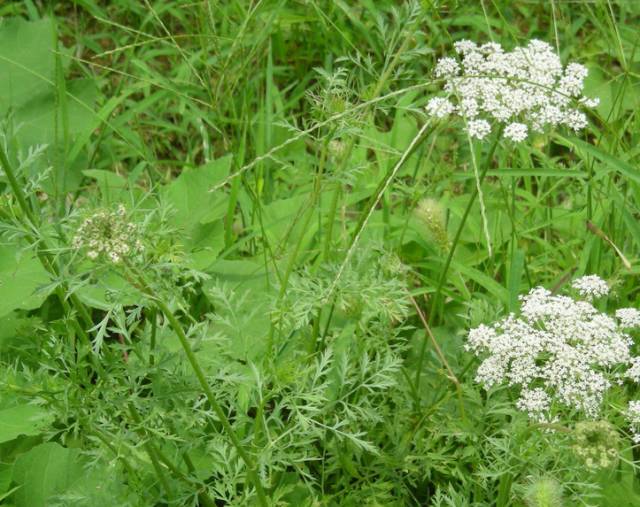 Wild Mint (Ye Bo He)Wild Mint has a similar taste and effect to cultivated mint, dispersing wind-heat, eliminating foul qi, and detoxifying. It is often used in soups or fried with eggs.
Wild Mint (Ye Bo He)Wild Mint has a similar taste and effect to cultivated mint, dispersing wind-heat, eliminating foul qi, and detoxifying. It is often used in soups or fried with eggs. What a remarkable journey our ancestors undertook to discover so many ordinary yet miraculous medicinal herbs!However, it is essential to remind everyone to use these herbs under the guidance of a physician, as all medicines have some toxicity and should not be taken lightly!
What a remarkable journey our ancestors undertook to discover so many ordinary yet miraculous medicinal herbs!However, it is essential to remind everyone to use these herbs under the guidance of a physician, as all medicines have some toxicity and should not be taken lightly!

Source of images and text: Comprehensive from the internet
If there are any copyright issues, please contact us for removal,Contact number: 18740661134
The purpose of this article is solely to promote health; the copyrights of the medicines and treatment plans mentioned belong to the original authors, and direct use is not recommended. Please consult a doctor for specific situations.
Editor: Xiang Lun
